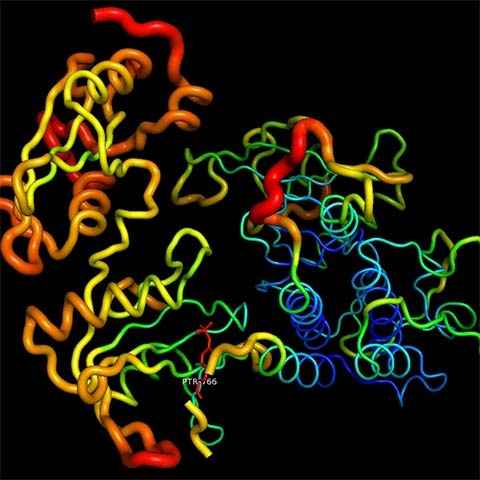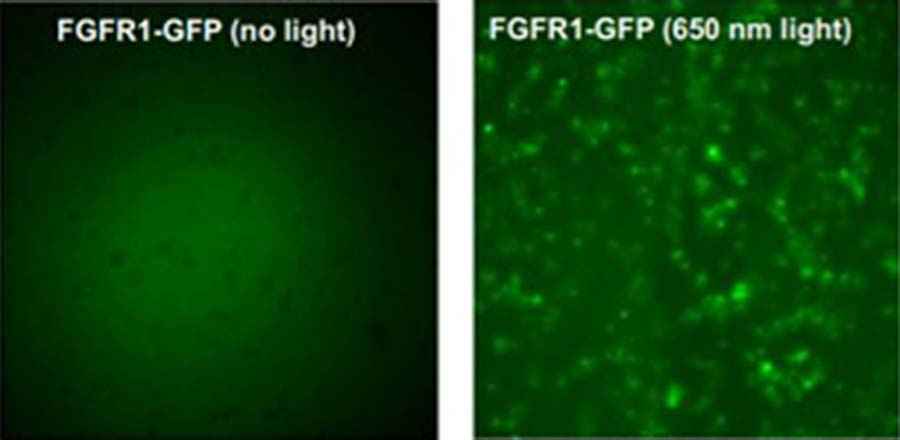For over 20 years, researchers have been using laser light to control cellular interactions, to correct any problems in intercellular communication. So far there have been no methods developed to directly fix any problems in the genetic code. A new approach addresses this problem by combining optogenetics with nanotechnology.
Researchers from the University at Buffalo first grew brain tissue in the lab using stem cells. This tissue was embedded with implants, tiny wireless devices with lasers and antennas. The wireless “switches” were triggered with various kinds of laser lights, a blue laser, a red laser and a far red laser. The interactions of the laser triggers and the implants allowed the researchers to activate and deactivate a particular gene, Fibroblast Growth Factor Receptor 1 or FGFR1 at will. FGFR1 controls about 4,500 other genes, or about one fifth of the human genome. It plays an important role in the development of an individual, right from the embryo to the adult. Co author of the study, Michal K. Stachowiak explains, “In some respects, it’s like a boss gene. By controlling FGFR1, one can theoretically prevent widespread gene dysregulations in schizophrenia or in breast cancer and other types of cancer.”
- Compare Mobile Phones NewsIn DepthPress ReleaseHow to'sReviews
- Mobile Phone
- Laptops
- Entertainment
- Internet
- Apps
- Auto Tech
- Audio Video
- Cameras
- Gaming
- General
- Headphones
- TVs
- PC Components
- Science and Technology
- Telecom
- Wearable Devices
Digit SquadVideosPhotos Contest Hot Deals - Ask DigitDevworxGeekForum SkoarZero1 AwardsPick a college About Us Contact Us






